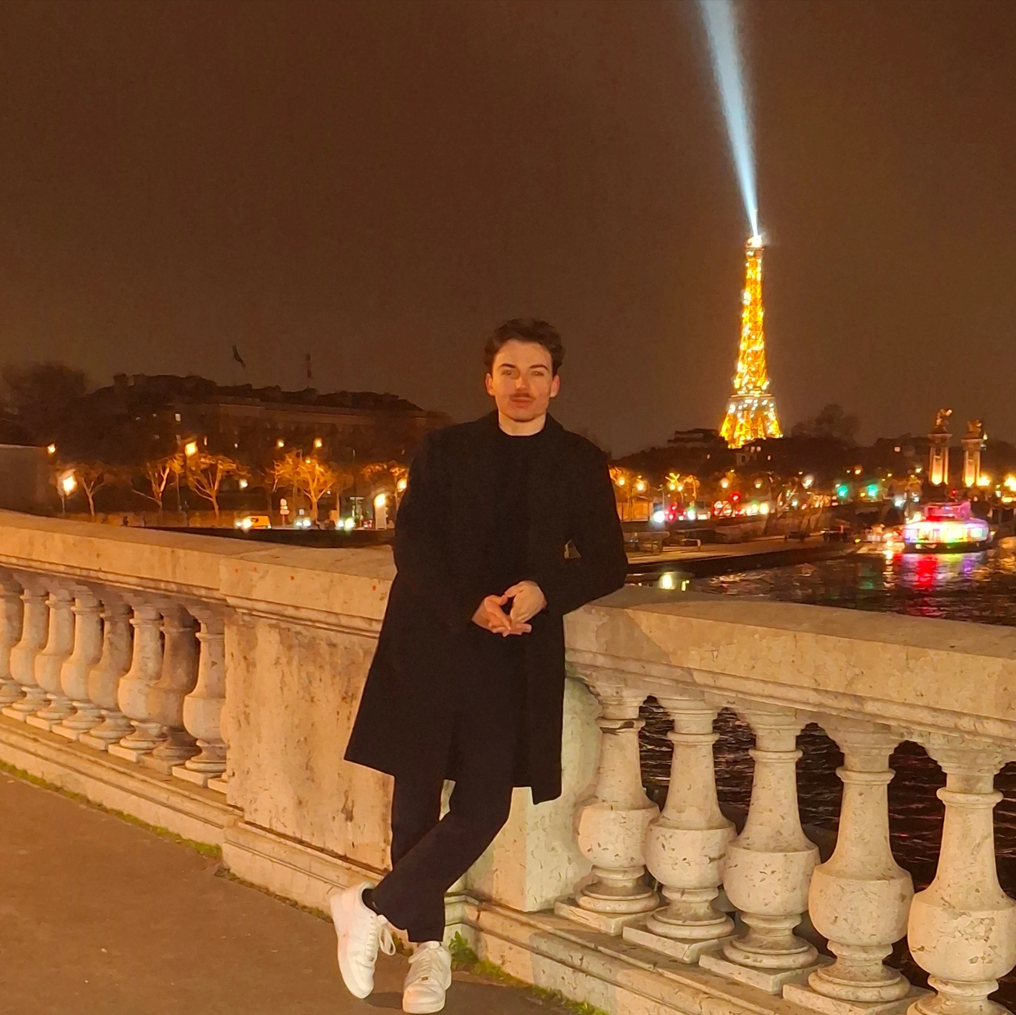Supervised Face Recognition
Course project in AI & Deep Learning at ESIEE Paris, co-authored with Lubin Benoit and supervised by Prof. Laurent Najman.
We built an end-to-end face recognition pipeline—from raw images to identities—then measured the impact of each stage.
GitHub code Project report (PDF, fr)
Problem & data
Two datasets:
- Jurassic Park characters (≈218 images) used to design and ablate the pipeline.
- A personal dataset (10 people, 50–110 photos each) to check generalization and bias.
Pipeline (what we compared)
- Detection — dlib HOG vs CNN detector; we crop and resize faces to 128×128.
- Pose/Alignment — facial landmarks (5/68 pts) + affine align; reduces pose variance.
- Encoding — 128-D embeddings (OpenFace-style) for compact, robust features.
- Classification — Logistic Regression, Linear SVM, kNN, and a small NN.
Headline result: with embeddings, several classifiers reach ~97% accuracy on test;
Logistic Regression and Linear SVM are the fastest at inference (ms range).
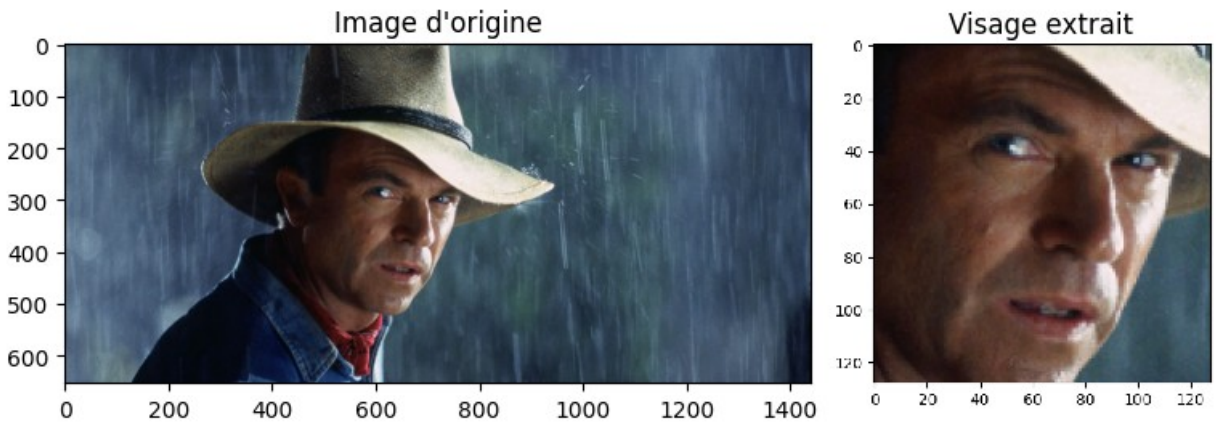
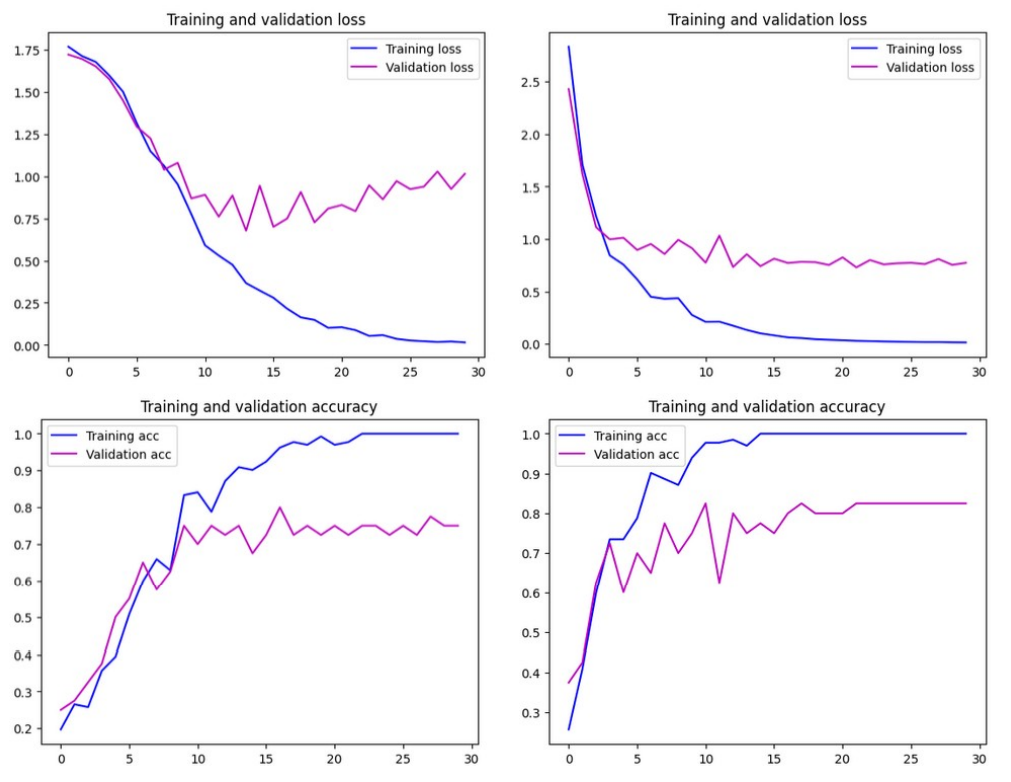
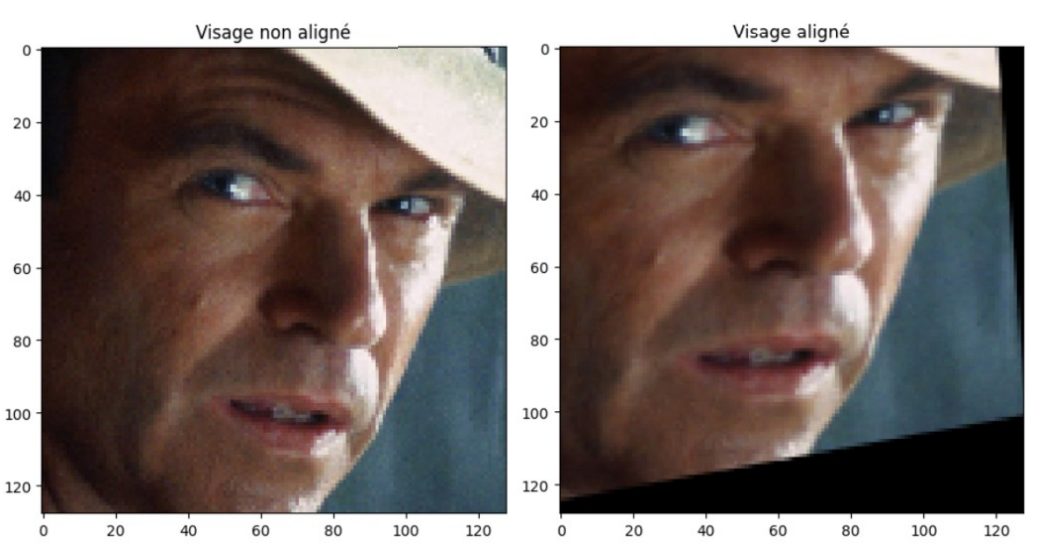
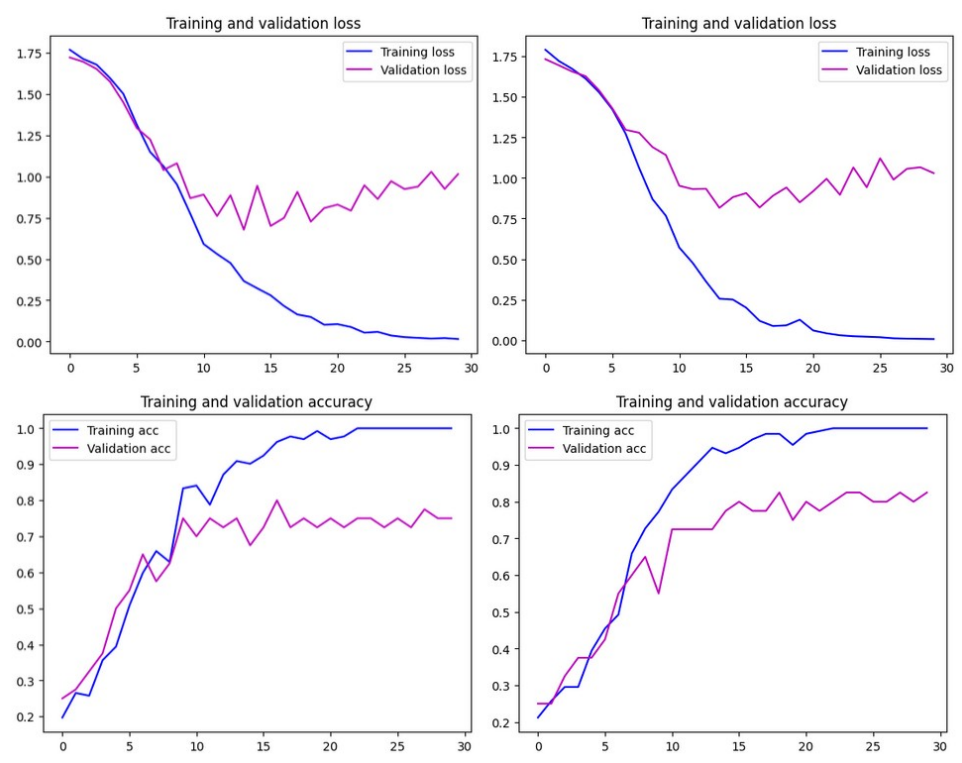
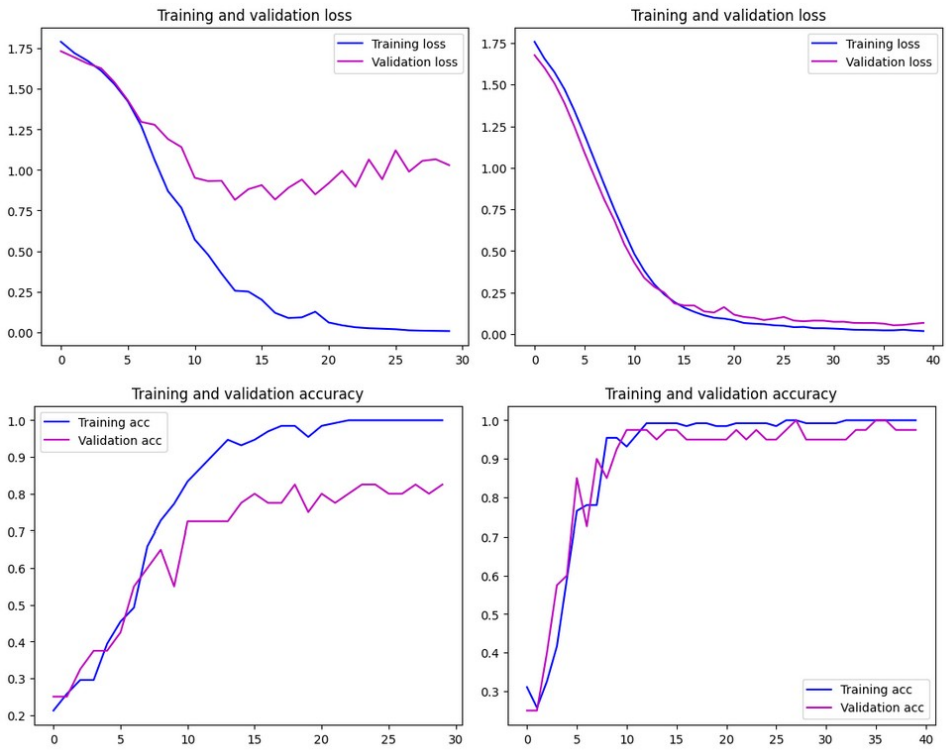

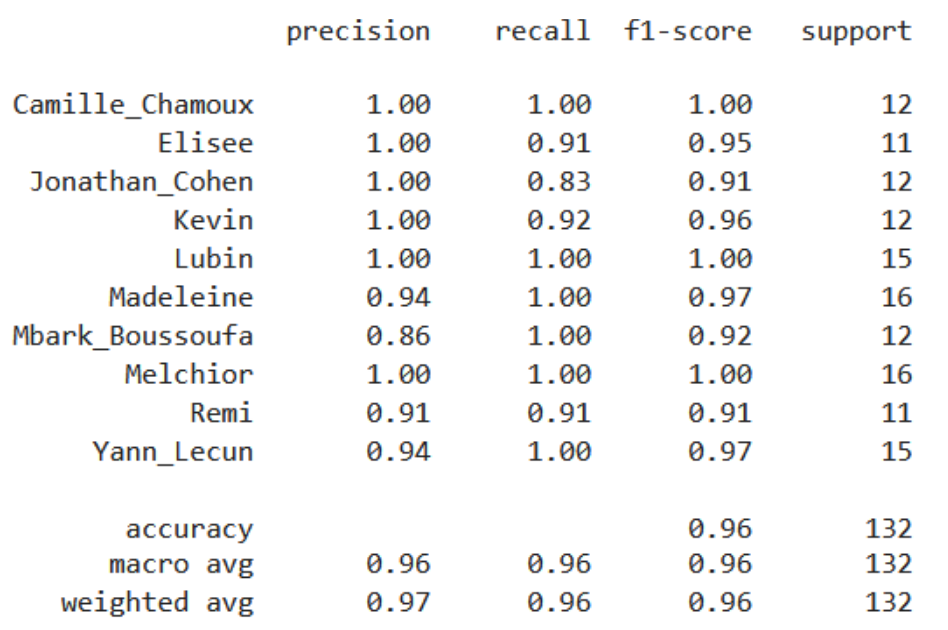
Notes & takeaways
- Alignment helps shallow convnets; deep models were already robust on this scale.
- Embeddings remove background/lighting noise and make simple classifiers shine.
- Speed matters: for deployment, LogReg/SVM give near-NN accuracy with far lower latency.
- Bias check: with a more varied personal set, accuracy stays high (≈94–98%), but performance depends on data quality and diversity—worth monitoring if scaled.
